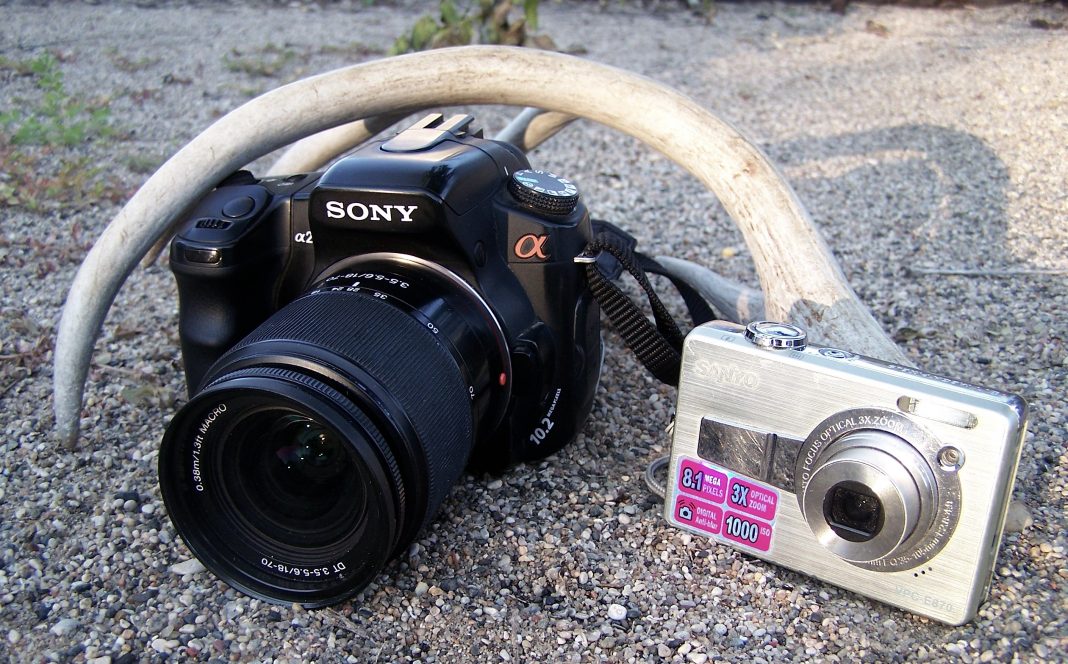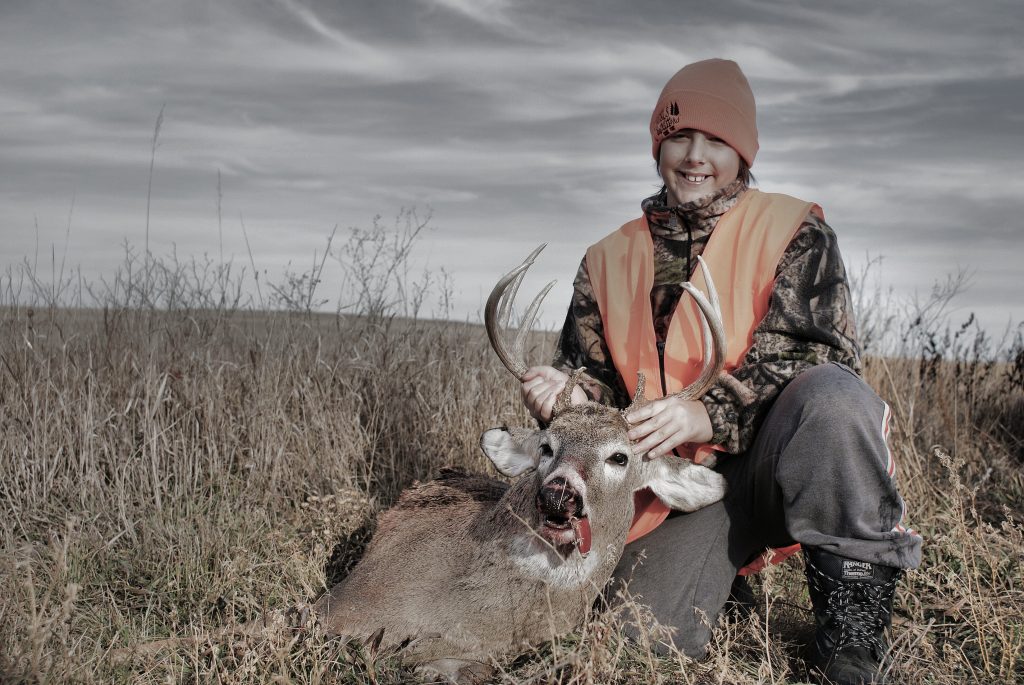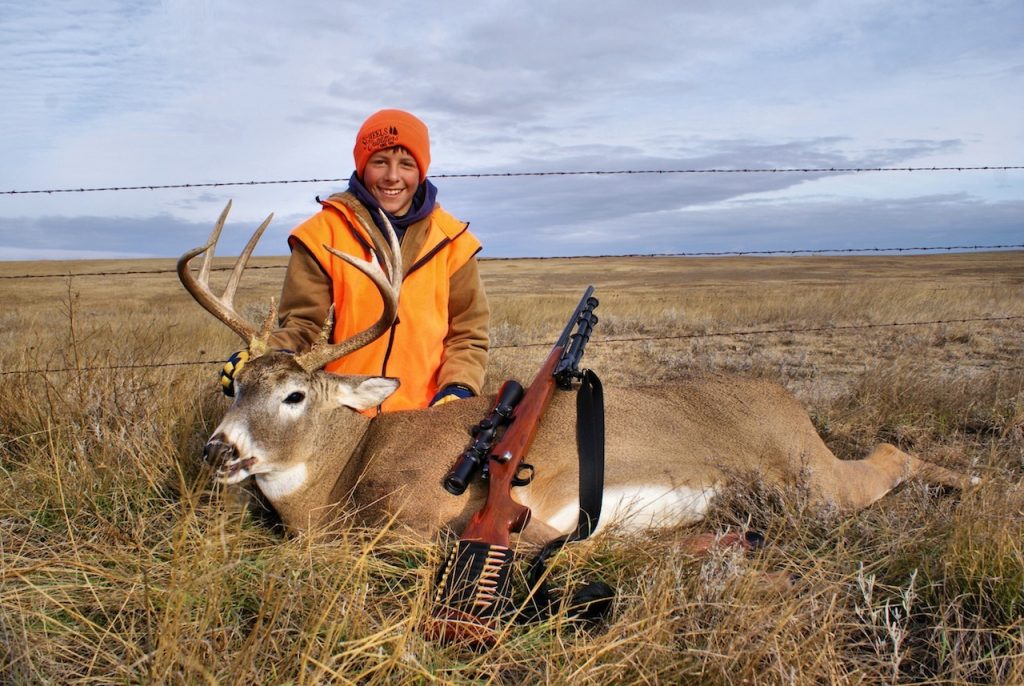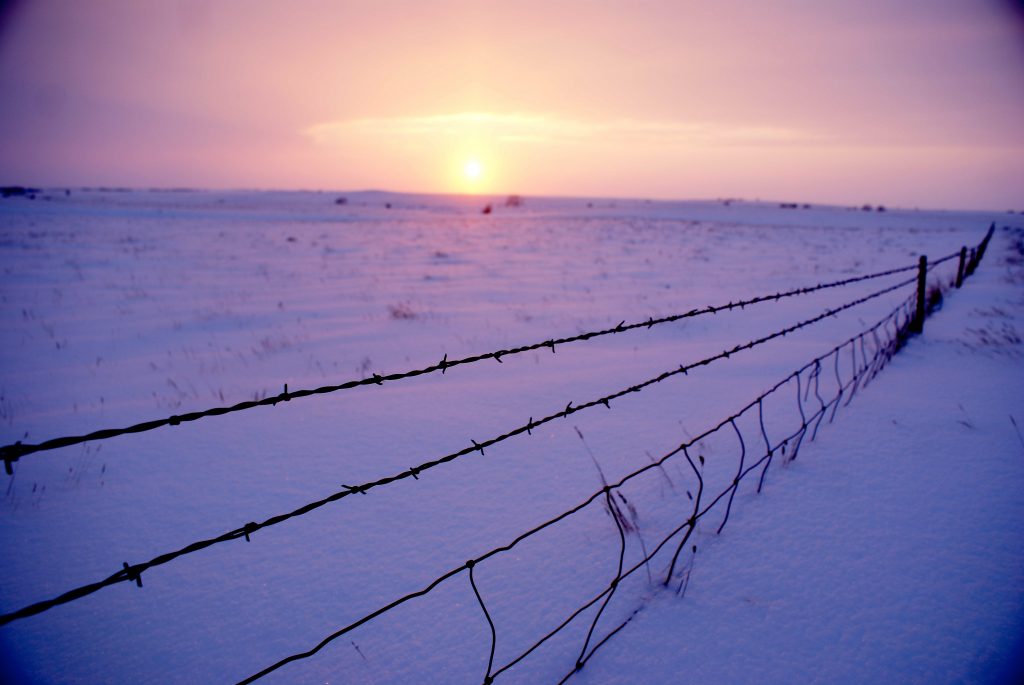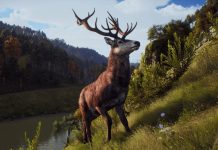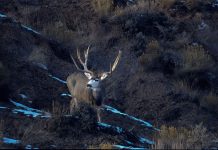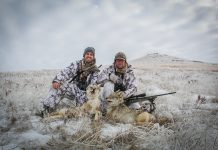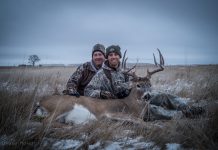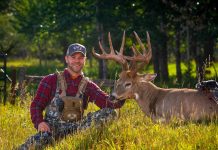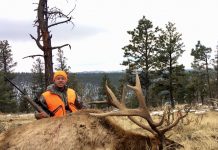Every year thousands of people hit the woods, fields, and mountains of North America on hunts of many kinds. There are countless memories made on those journeys and it’s important to capture and remember those memories through photographs. In today’s market, there are cameras ranging from $100-$10,000. Which one is right for you?
There are two types of cameras that we’ll focus on here. The first is called point and shoot and the second is DSLR (Digital Single Lens Reflex). Megapixels (Picture Quality) used to be a major issue when comparing DSLR cameras to more compact versions. With advancements in technology, it isn’t uncommon to find the point and shoot versions capable of taking quality images. Although there are many things in common between both, there are also several differences.
The first major difference is that DSLRs have interchangeable lenses in which the focal lengths are measured in mm. An example would be lenses that go 18-55mm or 75-300mm. Most point and shoot cameras measure that as zooms. Examples would be 5x or 10x. It’s important to make sure to only pay attention to optical zooms. Many cameras list themselves as having 20x or larger digital zooms. But that essentially takes a photograph and zooms it in digitally, which in the end creates a degraded image quality. Optical zooms are always smaller than digital zooms.
The larger zoom’s and longer focal lengths are most crucial when photographing subjects that are at a distance and when altering the depth of field. This is the amount of focus that is on your subject. DSLR cameras have larger lenses and therefore have larger apertures and light sensors which allow for a shallower depth of field. As far as total image quality, point and shoot cameras cannot hold a candle to DSLRs. Simply, the image sensor’s that DSLR’s are equipped with are huge and create much more detailed and sharp images.
Many of the most stunning landscape images are taken during lowlight periods. Whether this is sunrise, sunset, or night photography, they are all low light situations. In order to take clear, sharp, and colorful images with any camera light needs to be able to enter the lens of the camera. This makes it quite difficult for most point and shoot models to capture these types of images. DSLR’s can offer their user the ability to adjust their ISO with detail. They can adjust their shutter speed to long exposures, and have larger lenses to gather as much light as possible and capture the image you’re looking for. This is a very difficult task for small model cameras due to a small lens opening, small light sensor, and often times limited setting options. This is due to point and shoot’s high demand to be user-friendly.
A couple disadvantages that DSLRs have compared to point and shoots are their weight and size. The number of hunters taking all their gear on their back and heading into the backcountry is growing more and more each year. In instances like this when weight and space is a crucial influence in success, a heavy DSLR and several lenses is often not an option.
In these cases, a compact camera that can take 10 megapixel or higher photos would work wonders. Close range photographs such as trophy pictures, camp pictures, and scenery pictures can easily be taken with a point and shoot camera. Some compact cameras weigh as light as a few ounces. Many DSLR cameras weigh between one and two pounds. When every ounce matters, it’s easy to see why heavy gear is sometimes just unacceptable. Most point and shoot cameras are roughly the size of a wallet making it a major space saver as well.
It might sound like it is an easy decision that DSLR cameras are the way to go. However, there is yet another aspect that must be considered. That would be the price tag. If you are a weekend hunter and would primarily use your camera for trophy shots and that’s about it, then maybe dropping several hundred to thousands of dollars isn’t the best choice. Beyond just the purchase of the camera itself comes other lenses and accessories which usually aren’t the cheapest options either.
A good quality point and shoot camera can be purchased for $100-200 bucks and could probably fit your needs in this case. Another reason a cheaper camera might be the right option for you would be if you are a backpack hunter. With gear getting tossed around day in and day out, a high probability of gear getting wet dropped on rocks, or dirty, it would be much easier on the wallet to replace a point and shoot camera, versus a high dollar DSLR.
As you can see, each style of camera has its own place and use in the field. There is no right or wrong type of camera to use. But, there are situations where one might be more appropriate or practical than the other. With technology rapidly developing, it’s important to look at comparisons of image sensors, zoom or focal length, price, weight, and what your primary use for the camera will be.


